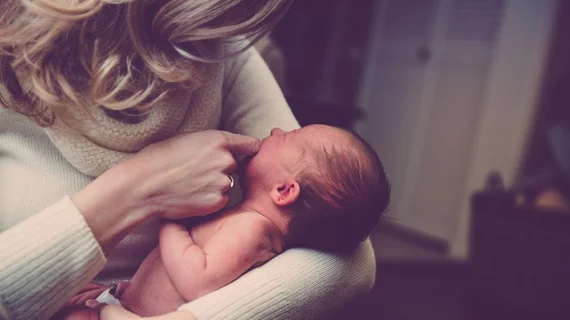A new artificial intelligence tool can better define various parts of the brain in newborns and may be a tremendous benefit for research into children most vulnerable to brain injuries.
Canadian scientists from Sainte-Justine University Hospital Research Center and the École de Technology Supérieure engineering school, both in Montreal, shared their work March 26 in Frontiers in Neuroscience. In it, they describe adapting two neural networks to analyze neonatal brain MRIs.
Gregory A. Lodygensky, MD, a neonatologist at CHU Sainte-Justine, said their findings are a “major asset” for neonatal brain development research and neuroprotective strategies.
“This is one of the first times that artificial intelligence has been used to better define the different parts of a newborn's brain on an MRI: namely the grey matter, white matter and cerebrospinal fluid," Lodygensky said in a statement. “Until today, the tools available were complex, often intermingled and difficult to access.”
The team reworked two deep learning architectures—LiviaNET and HyperDense-Net—to segment neonatal brain tissue types. Each was retrained on 24 pairs of neonatal T1 and T2 MRI data from a large public dataset, and validated using another eight pairs. Both networks performed well, with LiviaNET scoring better at processing T2-weighted images.
Lodygensky said in the statement that projects such as theirs are crucial to improving the long-term health of newborns most at-risk for brain injury.
"In studies to assess the positive and negative impact of different therapies on the maturation of babies' brains, we need to have the ability to quantify brain structures with certainty and reliability," Lodygensky added. "By offering the scientific community the fruits of all our discoveries, we are helping them, while generating an extraordinary benefit for at-risk newborns."
Going forward, the group plans to continue gathering MRI data from different hospitals to enhance their model. Eventually, they hope to release the tool to other institutions with the goal of establishing worldwide benchmarks for studying newborns’ brain structure.

